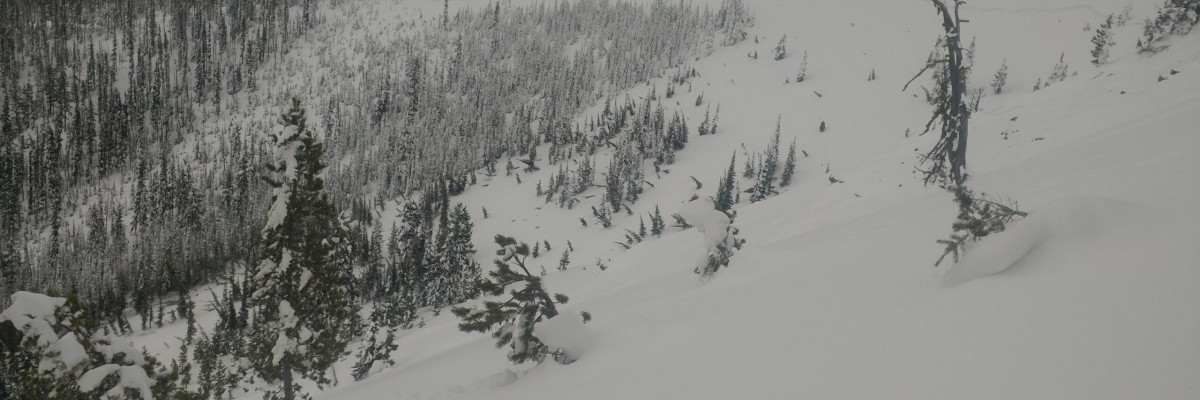Good morning, this is Logan King with the West Central Montana Avalanche Center’s weather update for January 7th, 2018. This danger rating does not apply to operating ski areas, expires at midnight tonight and is the sole responsibility of the U.S. Forest Service.
Weather and Snowpack
Mountain temperatures are in the upper twenties this morning and winds are calm. Snow accumulation has been minimal and the advisory area received an additional 0-2 inches of snow since yesterday morning.
The primary avalanche concerns today are windslabs above 6,500 feet and deep persistent slabs. We received a public observation that had multiple pits in the rattlesnake with propagation on the Thanksgiving crust. The layer continues to become harder and harder to trigger but the consequences continue to increase. Avoid terrain where the snow is shallow or has a slab that can step down to this layer.
If you are out in the backcountry, please send us your observation, these are very helpful in producing the advisory. The next update will be issued tomorrow January 8th, 2018.
Ski and ride safe.
















